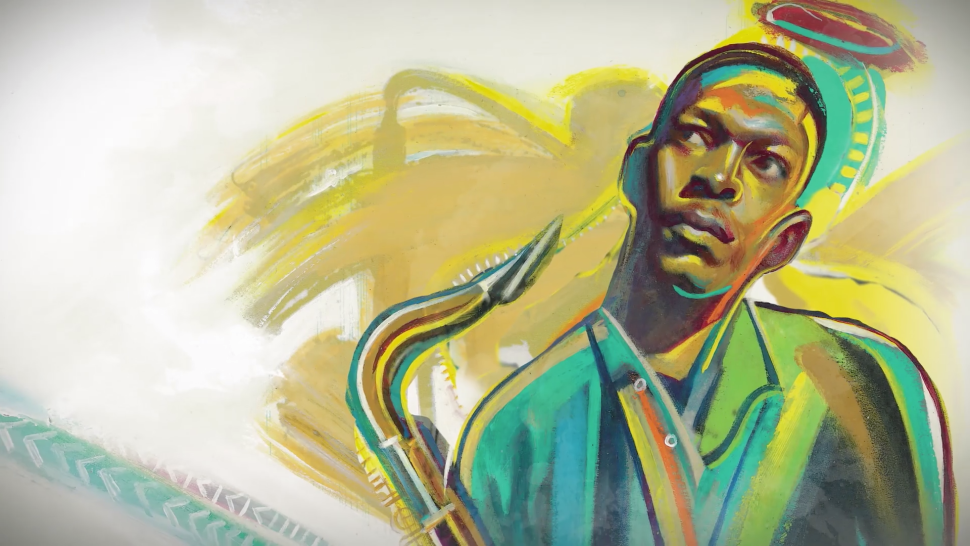
“Alabama” happens to be one of the jazz songs that makes a strong case for the genre in general: in the way it juxtaposes a meditative, brooding melodic line with a middle section that is jaunty and joyful, this song captures, for me, one of the things jazz does so well: it captures, examines, and keeps the social forces the ground and support the music openly. This song in particular seems to say to the listener: It’s not one way or another in life; there’s some good, some bad, and we roll with it––and at the worse of it, we rise.
Coltrane composed “Alabama” after the 1963 bombing of a Black church in Birmingham. The bombing was carried out by the Ku Klux Klan. It killed four girls. This bombing marked the third in the city in 11 days, bombings that seemed motivated by a federal order that ordered Alabama public schools to integrate their student populations. Martin Luther King, Jr. had previously called Birmingham “a symbol of hardcore resistance to integration.”
Fifteen sticks of dynamite had been placed in the church basement, underneath a girl’s restroom. The dynamite exploded at 10 in the morning.
What do we hear when we listen to “Alabama?” There’s a tense piano chord that gives way to a languid, dirge-like saxophone line, a whisper-like drum line, and a gurgling bass line. It’s a mournful start. Then, the drumming rises and we are now in a different mood, a different place. There’s momentum, and energy, and forward movement. Maybe even elation.
In 1963, at the just as the Civil Rights Movement was gaining ground, it’s not hard to imagine that the people involved in the struggle for rights were feeling the ebbs and flows emulated in Coltrane’s “Alabama.”
Thinking about Coltrane’s “Alabama” within the context of “Chasing Trane” has me thinking about what audiences can reasonably expect from a music documentary. Or, more precisely, why I snagged on this part of this particular music documentary.
In life, John Coltrane never openly claimed to be an activist; he is, however, one of jazz music’s most well-known figures. Even as Coltrane gained popularity at a time of great social and political turmoil, he’s been remembered somehow as apart from this part of U.S. history. Still, Coltrane performed a number of benefit concerts in support of MLK, and he recorded a number of tracks that were steeped in the struggle of the day, in addition to “Alabama”: “Reverend King,” “Backs Against the Wall,” and an entire album with his wife, Alice, “Cosmic Music,” fit this description.
There is the version of John Coltrane that’s been popularly remembered and circulated through documentaries such as “Chasing Trane,” and then there’s the version of John Coltrane that might be only obtainable through listening to his music within the context in which it was produced.
In terms of the question I pose above about what audiences might expect from music documentaries, I suppose that in most cases documentaries further the popular memory of musicians and their music, even if popular memory is mostly devoid of the intricacies and nuances that make their music so compelling and powerful to begin with.
This insight might be especially true in jazz, a music borne out of the Black experience in America. The popular memory of musicians like Coltrane might well exist apart from the struggle from which the music they composed and performed was borne, but another memory persists through the music itself. It’s music that says to the listener that in life there may be struggle, but also joy. And that at the hardest moments, that’s the time to rise.
Rubén Casas is an assistant professor of English at Fresno State, and he serves on the Filmworks board as a member of the marketing committee.
